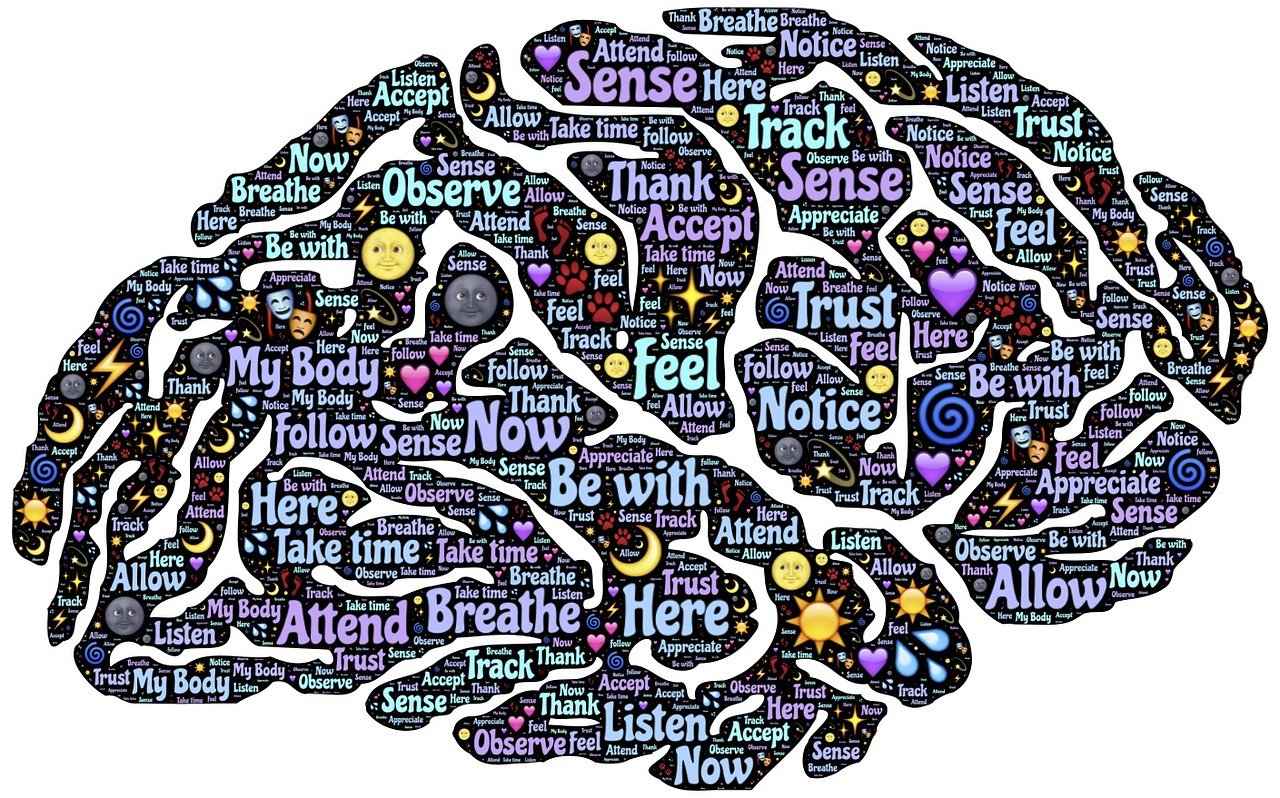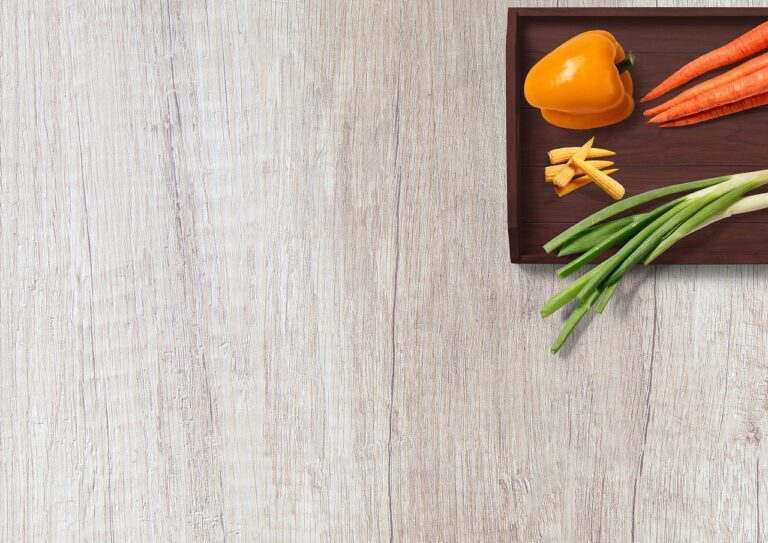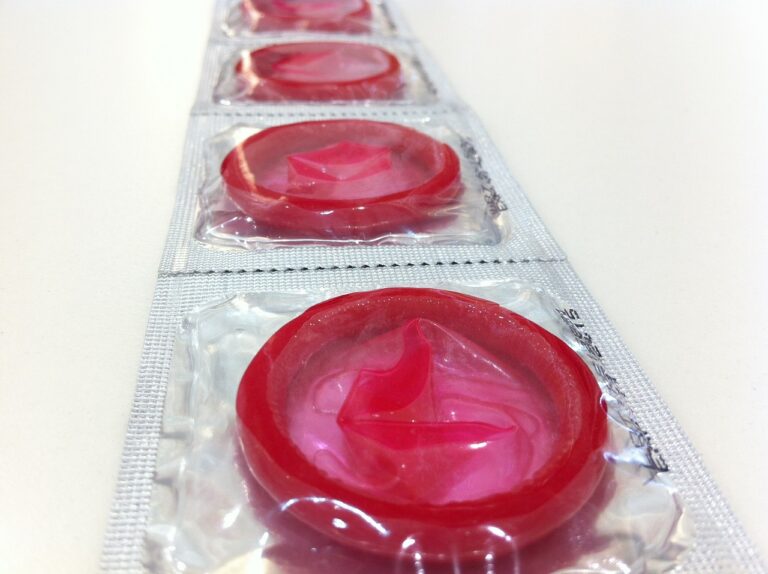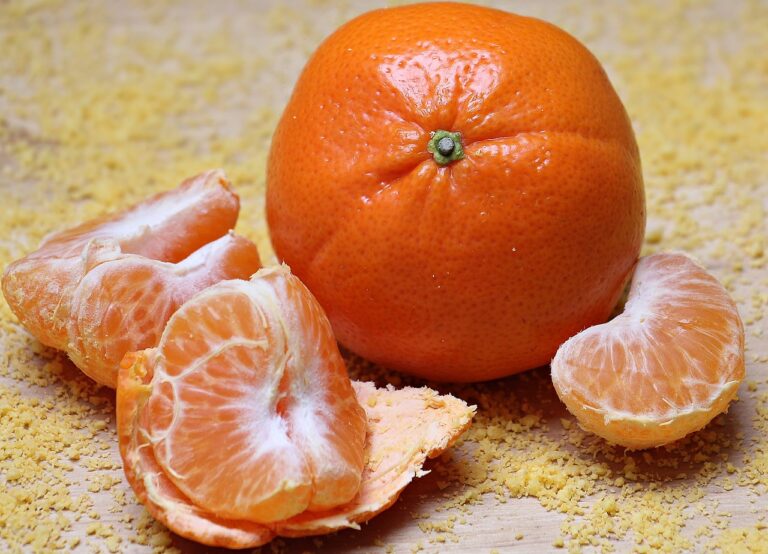The Potential of Bioprinting in Organ Transplantation: Creating Customized Implants
Bioprinting, a revolutionary technology in the field of medicine, has the potential to transform the landscape of organ transplantation. By utilizing advanced 3D printing techniques and bio-ink composed of living cells, scientists can now create custom-made organs tailored to the specific needs of individual patients. This breakthrough not only addresses the critical shortage of donor organs but also reduces the risk of rejection as the bioprinted organs are biologically compatible with the recipient’s body.
The process of bioprinting organs involves layer-by-layer deposition of bio-ink to build complex 3D structures that mimic the natural architecture of human tissues. This level of precision allows for the creation of organs with intricate vascular networks, ensuring adequate blood supply and oxygenation post-transplantation. Moreover, the ability to incorporate multiple cell types and growth factors in the bio-ink promotes tissue regeneration and functional integration of the bioprinted organ into the recipient’s body.
The Science Behind Bioprinting Organs
Bioprinting organs involves a cutting-edge technology that merges the fields of biology and engineering. The process starts by creating a digital model of the organ that needs to be printed. This model includes detailed information about the organ’s shape, structure, and composition.
Once the digital model is ready, bioprinters use a special type of ink called bioink that is composed of living cells. The bioink is meticulously deposited layer by layer according to the digital design, following a specific pattern that mimics the natural arrangement of cells in the organ. This precise layering process is crucial to ensure that the printed organ functions properly once implanted into the recipient’s body.
Benefits of Customized Implants in Organ Transplantation
Customized implants in organ transplantation offer a myriad of benefits that have the potential to revolutionize the field of medicine. By utilizing bioprinting technology to create organs and implants tailored to each individual patient’s specific needs, the risk of rejection is significantly reduced. This personalized approach ensures a higher success rate for organ transplants and improves the overall quality of life for patients.
In addition to decreasing the likelihood of rejection, customized implants also have the advantage of promoting faster healing and recovery times. By accurately replicating the exact structure and function of the recipient’s original organ, bioprinted implants provide a seamless integration within the body, allowing for optimal healing and functionality. This innovative technology not only enhances the success of organ transplant procedures but also offers hope to patients in need of life-saving interventions.
What is bioprinting and how does it contribute to organ transplantation?
Bioprinting is a revolutionary technology that allows for the printing of living tissues and organs using a patient’s own cells. This personalized approach has the potential to greatly improve the success rates of organ transplants.
How does bioprinting work to create custom implants for organ transplantation?
Bioprinting works by layering cells on top of each other to create three-dimensional structures that mimic the natural architecture of human tissues and organs. This allows for the creation of customized implants that are tailored to the specific needs of individual patients.
What are some of the benefits of using customized implants in organ transplantation?
Some of the benefits of using customized implants in organ transplantation include reduced risk of rejection, improved functionality of the transplanted organ, and faster recovery times for patients. Custom implants also have the potential to address the shortage of donor organs.
Are there any drawbacks to using customized implants in organ transplantation?
While the potential benefits of using customized implants in organ transplantation are significant, there are still some challenges that need to be addressed, such as the cost of the technology and the need for further research to optimize the process.







